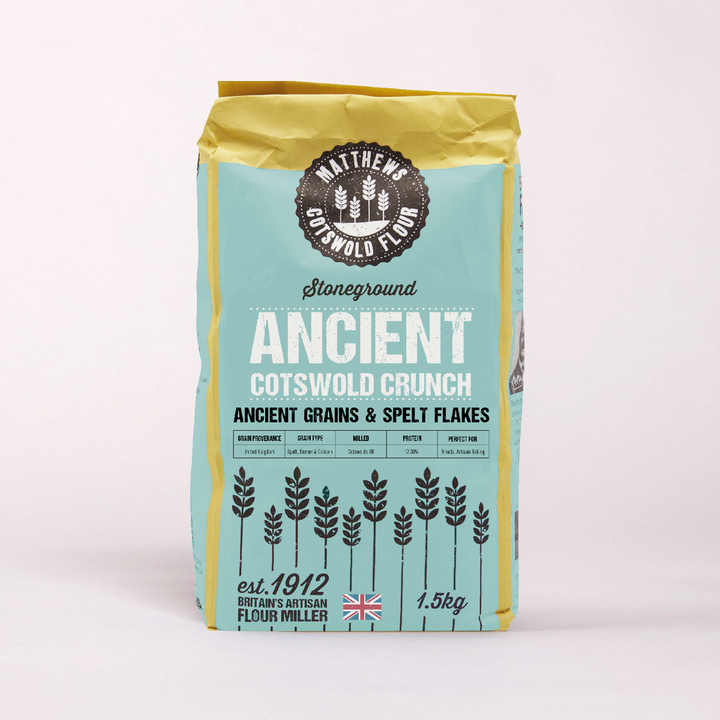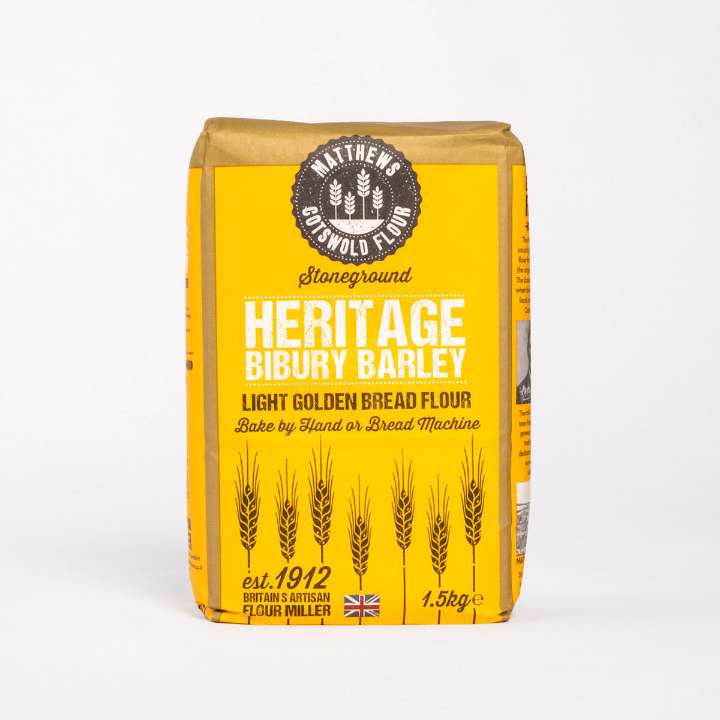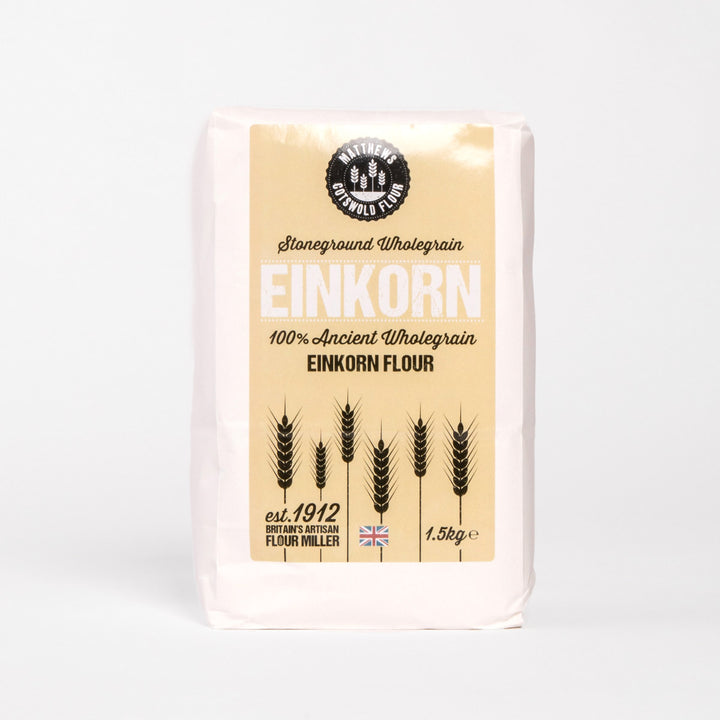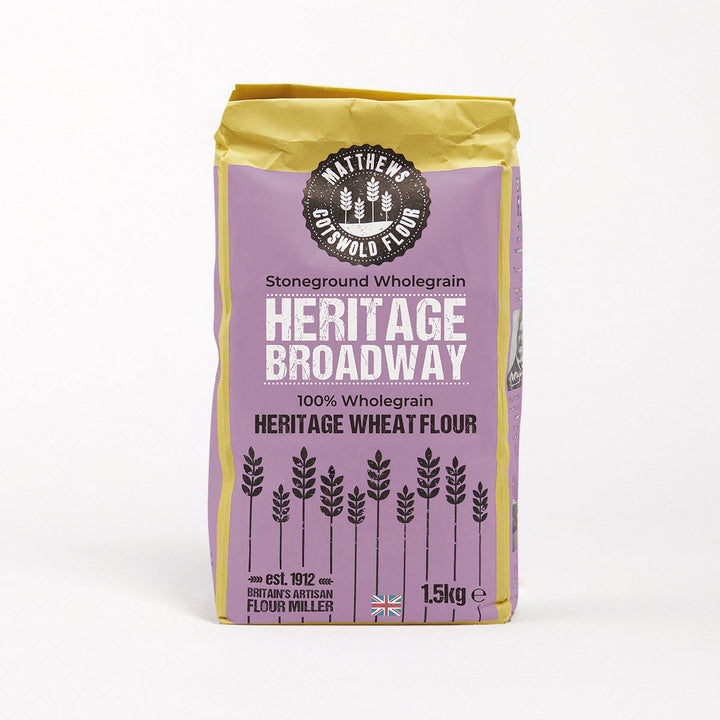What is kneading and how to knead?

One of the most important steps of baking bread is kneading - but what is kneading and which method is the best?

Kneading the dough happens after the ingredients are all mixed together and the main objective is to develop the gluten. Gluten is the name of the protein that exists in most flours, and to get the lightest loaf you must strengthen the gluten. Strong gluten means a stretchy dough, which means more air can be held during rising and baking - so for the lightest loaf, you need the strongest gluten!
Think about the gluten like a muscle on your own body - the best way to strengthen it is through work, so kneading the dough to strengthen the gluten is the same as doing bicep curls for stronger arms!
The simplest way to knead dough is by using a stand mixer or bread maker - the machine works the dough and strengthens the gluten for you. That being said, it is really rewarding to knead by hand and not nearly as difficult as you think! There are two methods of kneading by hand: The basic fold method, or the slap and fold method.
Which is right for you? It’s very dependent on the recipe you’re using. The deciding factor is the stickiness of the dough - if your dough isn’t sticking to your hands or the work surface then the recipe is best suited to the basic fold. If the recipe you’re using has more water than usual (for example a focaccia or sourdough loaf might have more water) then the slap and fold method is better. Using the slap and fold method will stop the dough sticking to you. If you aren’t sure - try both out and see what works best!
How do I know if the dough is kneaded enough? When the dough is smooth and supple with a good elastic stretch, you know it’s done. Another good way to tell if you aren’t sure is to use the windowpane test. Take a piece of dough and stretch it as thin as you can. Hold the dough up to the light and if you can see the light through the sheet of dough, it’s done. Over time you will learn what the dough should feel like once it’s developed enough and won’t need to test it.
If you’re using the basic fold method, follow these steps for success:
- Place your dough onto a clean and dry work surface
- Use the heel of one hand to keep the dough still, and use the heel of the other hand to push the dough away from you. This should create a stretch
- Roll the stretched edge back into the center, and turn the dough 90 degrees
- Repeat the process over and over until your ball of dough is smooth and elastic, and the gluten is developed enough.
If you’re using the slap and fold method, follow these steps:
- Tip your dough onto a clean and dry work surface and dust lightly with flour (you will also want a bench scraper for this method)
- Pick up the dough by sliding your fingers underneath the dough from the opposite sides - they should meet in the middle
- Lift the dough and allow it to stretch slightly
- Slap the dough back down onto the counter while turning over in one smooth motion
- Pick the dough back up again and repeat the process over and over
- Every 5 times, use your bench scraper to scrape underneath the dough to make it back into a ball with a smooth top
- You should notice that after 10 minutes or so, the dough becomes more elastic and less sticky
← Older Post Newer Post →
















